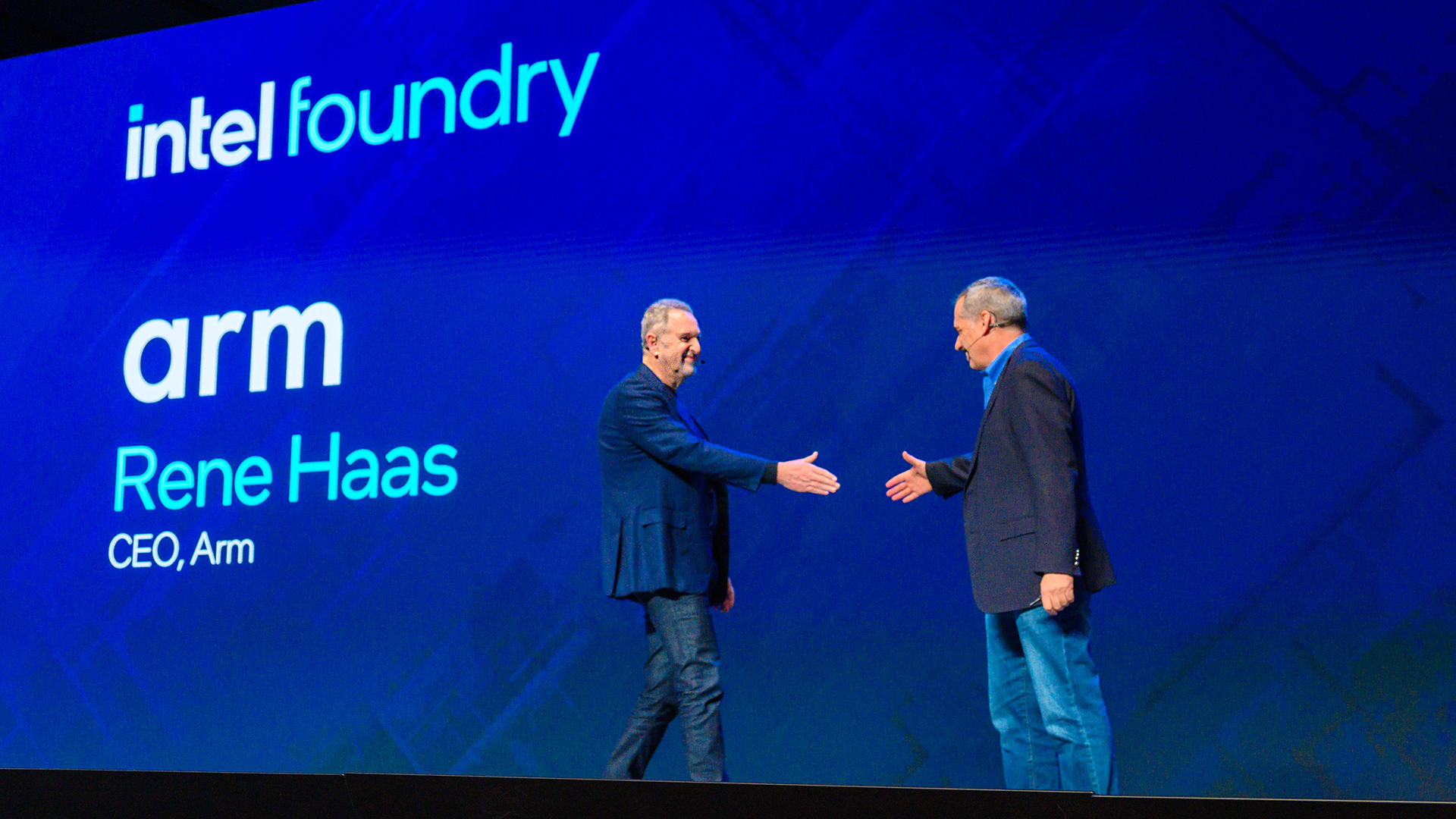
- Stocks
Intel rejects Arm’s deal proposal
Do you want to know how to make money from this?
Register for free and get expert advice, access to a training course and webinars.
Key points:
- Intel is attempting to split its operations between chip design and manufacturing to attract new investors and improve efficiency.
- Arm, known for its mobile device designs, viewed Intel as a potential source of technology to expand its presence in the PC and server markets.
- Despite challenges, Intel isn’t planning to sell its struggling division, aiming to retain control over its technology base.
Arm Holdings Plc expressed interest in acquiring Intel Corp’s manufacturing division, which is currently facing some difficulties. However, according to a Bloomberg News source, Intel isn’t considering selling this division. The source emphasized that Arm’s interest is focused solely on intellectual property and does not extend to Intel’s manufacturing assets.
This acquisition proposal came amid operational challenges in Intel’s division. Nevertheless, Intel seems determined to maintain control over this part of the business.
Intel’s ongoing problems
Intel is currently structured around two primary business segments: microprocessor design for personal computers, servers, and networking equipment, and managing manufacturing facilities.
Once a leader in the global microelectronics market, Intel has recently become the subject of numerous takeover speculations. This stems from a sharp decline in the company’s financial performance this year.
The recently published financial results were significantly below market expectations, leading to an unprecedented drop in the company’s stock value over the past decade. Additionally, Intel was forced to take drastic measures to cut costs and optimize production processes. These measures included laying off 15,000 employees, revising plans to expand manufacturing capacity, and halting dividend payments to shareholders.
One key element of Intel’s ongoing restructuring is separating its chip design division from its manufacturing assets. The goal of this step is to attract new customers and investors, as well as potentially pave the way for splitting the company into two independent entities.
Why was Arm interested in a deal with Intel?
Arm, whose majority stake is owned by Japan’s SoftBank Group Corp, currently earns most of its revenue from licensing technologies for the production of microprocessors, widely used in mobile devices. However, CEO Rene Haas is actively working to diversify the company’s business and expand its presence in other markets, such as the personal computer and server segments, where Arm directly competes with industry giant Intel.
Although Intel has lost some of its technological advantages in recent years, it still holds a leading position in the PC and server markets. As such, a potential partnership with Intel could significantly expand Arm’s market reach and accelerate its transition to a more comprehensive business model, which involves selling finished products.
Currently, Arm operates under a licensing model, providing its technologies to other electronics manufacturers, who then create the final products. Some of Arm’s largest clients include tech giants like Amazon, Qualcomm, and Samsung.
Why didn’t the deal happen?
Do you want to know
How to make money from the news
Register for free and get:
- Expert consultation;
- Access to the training course;
- Opportunity to participate in webinars

